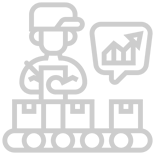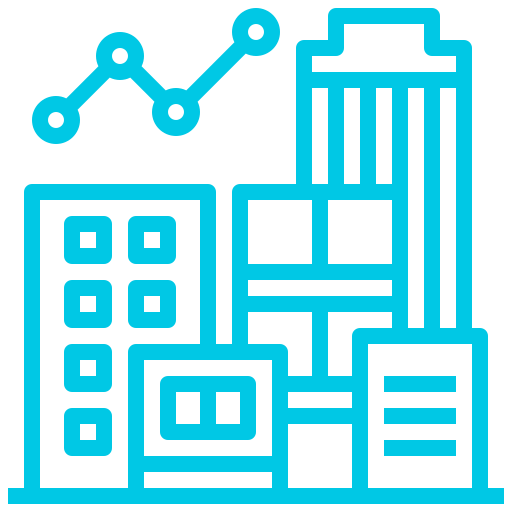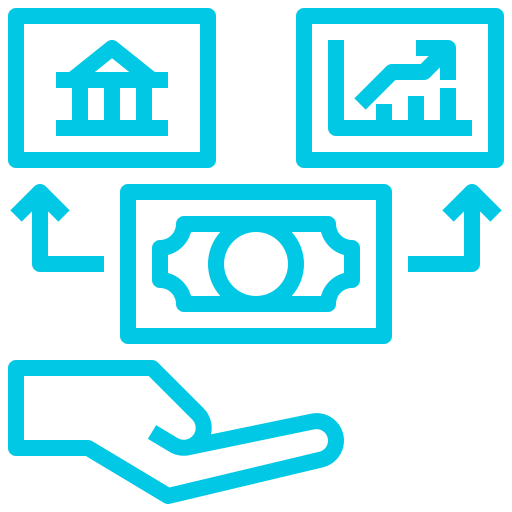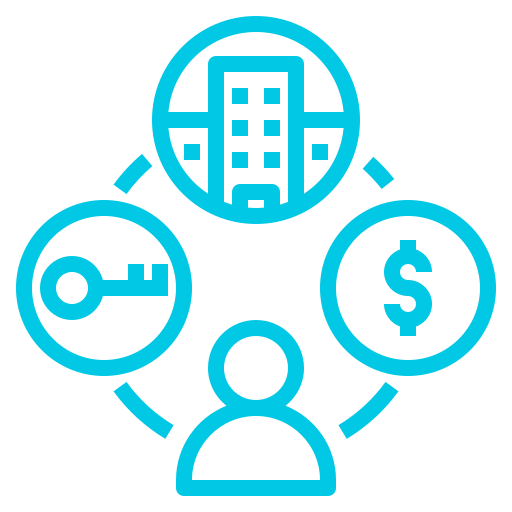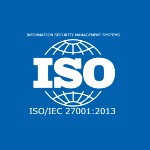The Truth About Disruptive Innovation— Seeing Beyond the Buzzwords
Posted by | Fuld & Company
Timing is everything—and many business leaders struggle to recognize how critical the right timing and conditions are when anticipating disruption and industry transformation. In our four decades of work at Fuld & Company, we have observed the exhaustive overuse of words like “disruption” and “innovation,” and have noticed that business leaders typically react one of two ways when faced with new transformative industry or technology trends. Either they are too quick to panic about the impact of new technologies and innovations, or they too readily discount the potential disruption—in both situations neglecting to evaluate the true impact over a longer time horizon.
In fact, “disruptive innovation” is a term overused by business leaders in their marketing messaging to describe their new ventures or technology development efforts, diluting the term to more of a buzzword than something noteworthy. The reality is, in order for an innovation to be truly disruptive, it must be launched at a time when the right external conditions are present. Disruption is also not instantaneous, rather it is something that occurs over what is potentially an extended period of time with several variables at play. Most innovations, whether they hold the potential to disrupt or not, start out modestly, quietly and with an idea and hope that they will somehow transform the status quo.
Some Innovations Become True Disruptors…But It Doesn’t Happen Right Away
A great example of an incredibly significant disruptive innovation that took several years to really disrupt the status quo was led by none other than Steve Jobs of Apple. Though Apple’s iconic 1984 TV commercial presented a visual representation of an instantaneous disruption (if you’ve never seen it, you really must), in truth, in the year or two immediately following Apple’s launch of the Macintosh personal computer, it didn’t really disrupt the PC all that much, at least as measured by Macintosh market share. In fact, by 1994, 10 years after its initial launch, Apple was only the number 3 PC maker, still trailing IBM and Compaq. But over time, Jobs and Apple truly did change the computing market forever by introducing the notion of computing-for-all enabled by an intuitive and accessible GUI, and easy-to-use-out-of-the box devices with appealing form factors. The Apple portfolio consumer-friendly computing devices launched over the last 30-odd years, created new product categories and new standards for consumer electronics.
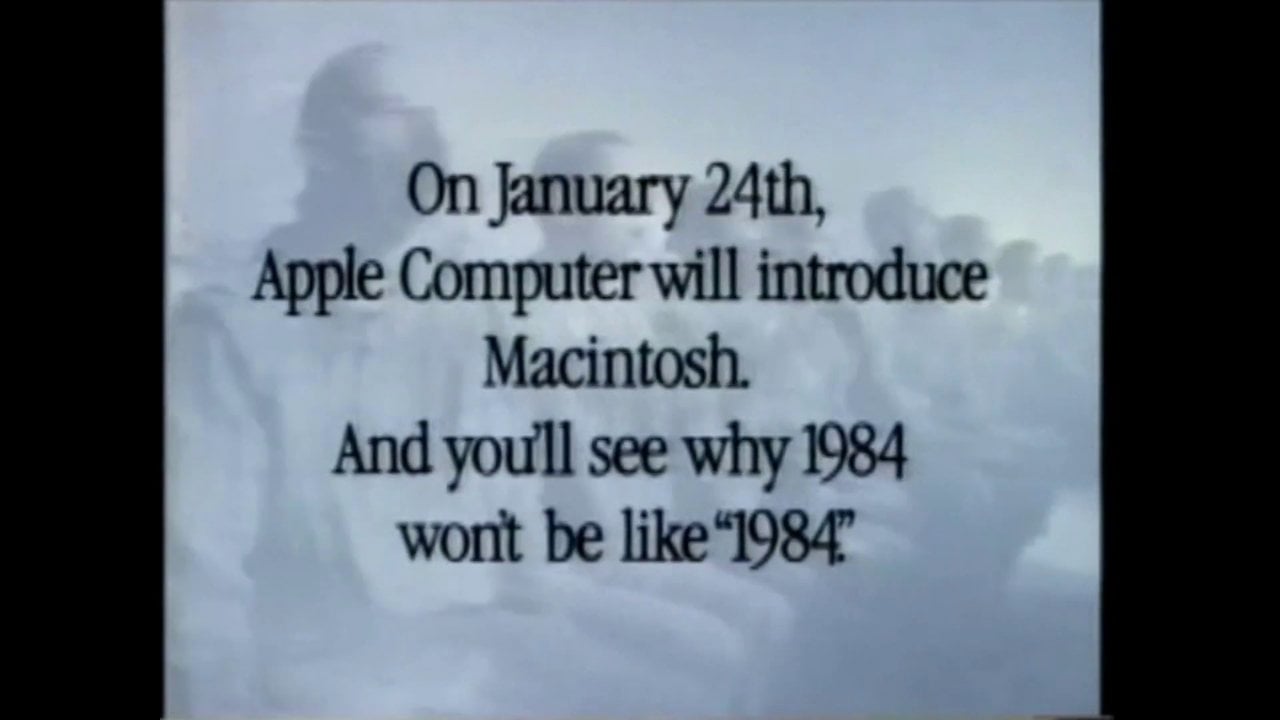
Photo Credit: Los Angeles Times on the ‘1984’ Apple Campaign
Further, a similar story can be found in Netflix’s development, adoption, and eventual skyrocketed success. When Founder, Reed Hastings, was appalled by the late fees charged by Blockbuster for video rentals, he decided in 1997 that there had to be a better way. He wanted the movie rental business model to mirror a gym membership—where customers could pay a flat fee and access as many or as few movies as they wished. When launching the subscription business in 1999, he accounted for the increased value consumers were placing on convenience. It took them 6 years, but by 2005, Netflix had over 4 million subscribers. Further, Hastings had the foresight to recognize the potential of the internet– and its potentially ubiquitous nature—and by 2007 he launched an online platform component to Netflix’s offering, introducing the notion of streaming video. Over time, as more and more consumers had access to—and relied on—internet-based sources, Netflix’s streaming service, offered at a low monthly fee (irrespective of content usage) gained in popularity. As we now know, consumers migrated toward this model and away from the traditional on-premise, rental model which closed video rental stores, revolutionized television, and has become a powerhouse for delivering compelling TV and movies alike.
The moral of the story is that innovations introduced at the right time, and under the right conditions, have the potential to disrupt the status quo, over time. Business leaders, who are grappling with how to navigate potential disruption should ask: How do I make sense of what’s happening in the external environment? And which disruptions and innovations are going to directly affect me and my business not just today, but at some time in the future? And how should I consider repositioning my strategies in light of the potential disruptions?
How Business Leaders Should Approach Disruptive Innovation
To start, it’s imperative for business leaders to tap into their customers’ broader sentiments and evaluate the external global, social, economic and political factors that influence their attitudes, values, and outlooks. To reiterate, disruption is not caused by technology innovations alone—it takes the right market conditions to reach a particular customer with something new and there is always an awareness and adoption curve that increases over time. Per our earlier example, creating and marketing a product that enabled lay consumers to access computers may have initiated a revolutionary shift in the way consumers responded to digital technology that persists to this day—but the deep penetration of this brand and technology happened over time.
For a firmer understanding, let’s look at a current example hitting the automotive industry today which is fueled by a series of technology innovations.
Automotive, a well-established pre-internet industry (and itself a disruptive innovation back in 1913 when the Ford Model T was launched), is experiencing a period of disruption from the introduction of autonomous technology, increased connectivity, and the electrification of the drive train. Beyond these technological advancements, there’s a coincident environmental and societal change occurring –- an increased preference for shared mobility (a part of the trend that is being referred to as the “sharing economy” with companies like Uber and Airbnb as key beneficiaries) as well as a growing awareness and concern about the environment. Both trends taking off at the same time are creating a cultural shift in terms of how consumers view and accept car ownership, and as such, opportunities for new entrants are abundant.
Let’s consider the substantial shift in consumer values that this represents. Just 20 years ago, the message was “do not get in cars with strangers!” Fast forward to today and we’re ordering rides from strangers off the internet directly from our phones and are happy to, because of the ease and convenience it provides. Just as Reed Hastings predicted back in the late 1990’s, convenience coupled with online access reigns supreme, and the growth of ridesharing is having a ripple effect. The ridesharing model combined with the future prospect of autonomously driven vehicles suggests the potential for future disruption.
A recent example that demonstrates the market’s reaction to the innovation can be found right in the work Fuld & Company does. One of our clients, a tier-one automotive supplier, is concerned that the way consumers approach passenger vehicle transportation will have a fundamental impact on vehicle design. If people are no longer engaged in driving cars but are simply passengers, the interior of the vehicle and the amenities it supports will become increasingly important. A key question on our client’s mind is: Will the primary determinant of the value of a vehicle be amenities and conveniences inside the vehicle as opposed to the exterior? This shift changes the way the company competes, the messages it uses to permeate the marketplace, and how it prioritizes the development of its products and services.
Simply put, consumer expectation along with technology transformations are causing major automotive players to rethink their place in the market. While automotive companies might be responding slowly, they are considering what these changes mean to their manufacturing infrastructure, their design processes and their cost models. Again, there are several innovations hitting the industry at once, but it’s the external environment that will ultimately determine the uptake for each.
Our advice to companies in the same position as automotive players? Consider your longer-term strategies and ask where you’re most vulnerable, start developing contingency plans that help you prepare to change your business model and offerings—not simply react to unavoidable advancements.
Keeping a Pulse on Consumer Sentiments
Predicting the future to determine where and when innovations will be adopted at a large enough scale to truly be disruptive is tricky. However, there are some capabilities within data collection and analysis including customer segmentation and social media sentiment analysis that help companies better understand societal preferences and consumer trends and better detect early warning signs that the market is changing to embrace disruptive innovation. Companies monitoring their online conversations and preferences through social media activity can keep a real-time pulse on how customer sentiments are evolving and as a result, can be proactive and strategic with their approaches for leveraging the insight and engaging customers.
Staying apprised of new technologies and navigating the potential timing of industry-wide disruption is not simple but again, leaders simply can’t ignore emerging trends, nor should they over-react. However, they must be mindful that disruption occurs over a longer time horizon not in a singular launch or event. Further, they must acknowledge the methodologies and tools that can help establish the proper indicators for monitoring customer and market behavior over time, as well as robust frameworks that can help them anticipate, plan and prepare as new trends start catching fire and become the standard.
Tags: Competitive Intelligence, Disruption, Events, Innovation, Leadership


